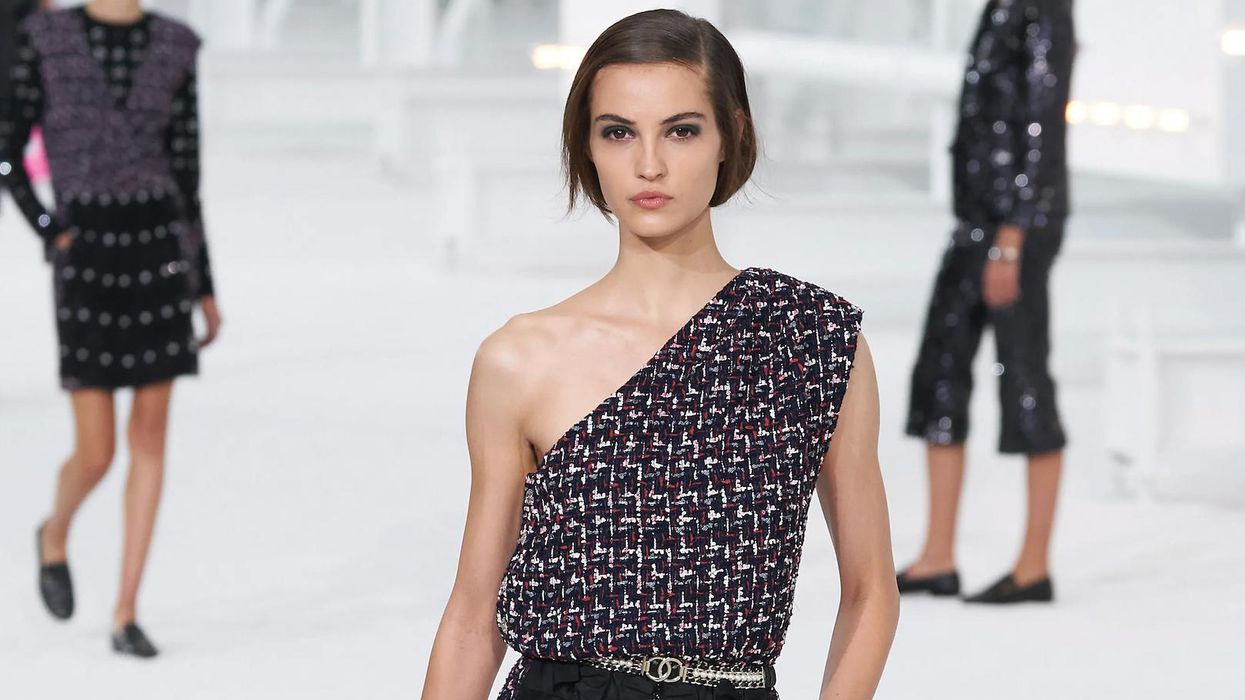The Sankofa Project at Lawndale Art Center was curated by Houston DJ-artist-historian Tierney Malone, whose collaborative, community-centric endeavor offers a template for forward-thinking museums striving to contemporize their offerings and embrace inclusivity and diversity. On view through Dec. 16, Sankofa 23: The Sankofa Project Exhibition, 2020-2023 is a culminating exhibit of works by all the project’s participating artists. An exhibition catalog is forthcoming, as is an audio series of dialogue among Malone, Sankofa artists and guest scholars.
The Sankofa Project emerged in the fall of 2020 while the nation was reeling from a series of shocking killings of innocent Black Americans — Ahmaud Arbery in February, Breonna Taylor in March, George Floyd in May. Malone had been commissioned to create and install a mural inside Lawndale’s east-facing 16-by-25-foot windows on Main Street when Stephanie Mitchell, then the director of Lawndale, asked if he would be interested in helping Lawndale facilitate a serious conversation around the issues of racial equality and social justice.
Malone agreed, and they came up with a three-year timeline for the window displays. “If we don’t know how we got there,” says Malone, “we can’t even begin to address the problem.” He asked Rabéa Ballin, Sheila Pree Bright, Tay Butler, Robert Hodge, Ann Johnson, David McGee, jazz pianist Jason Moran and Lovie Olivia, all artists born in or with close ties to Houston, to participate.
Taking its name from the Ghanaian word commonly translated as “one must acknowledge the past in order to move forward,” and symbolized by a bird with its head turned backward, The Sankofa Project began with the installation of Malone’s “The Little Girl in the Lion’s Den.” The “little girl” in this majestic work is Ruby Bridges, confronted by two roaring lions as she steps out of an alcove filled with biblical flames. (Malone and his wife are the proud parents of a six-year-old girl.)
In turn, the other Sankofa artists offered a wide range of visual responses to the project. In Moran’s “Barline Hopkins Deathbed,” blue pigment sprinkled on crinkled paper forms the ghostly shape of a bed or the letter “H,” an allusion to legendary blues guitarist “Lightnin’” Hopkins.
David McGee’s “Black Star,” an installation of 10 oil-on-burlap paintings of barely discernable religious symbols, Klan hoods and ship sails, is a poetic meditation on the middle passage. And photographer Sheila Pree Bright’s “Mothers March On” is a group portrait of nine mothers whose children have died at the hands of the police. Rose petals cover the ground beneath the feet of these women, representing the fallen. “These mothers continue to march on for their human rights,” says Bright, who was stunned when, while photographing the group, Eric Garner’s mother Gwen opened up her arms in a gesture that signaled both the loss of a child and perhaps the strength to keep moving forward.
Lawndale’s current executive director Anna Walker says the commitment to sustaining a long-term, artist-centered project that aims to tell a fuller history of racial injustices in America’s past aligned with the museum’s mission. “We’ll continue to engage with these topics and these issues,” says Walker. “Our community of Houston is incredibly diverse and global, and that needs to be shown. And not just shown but supported.”
Still, while curating the project, given the intensity of the subject matter, and the amount of time spent in quarantine unable to interact in person with his collaborators, Malone acknowledges he experienced moments of doubt as to whether the project would resonate.
“There were times when I asked, ‘Why the hell am I doing this?’” says Malone. “But I believe that part of my work, while I’m here on this Earth, is to give these stories as much respect and reverence and an audience that I can.”









